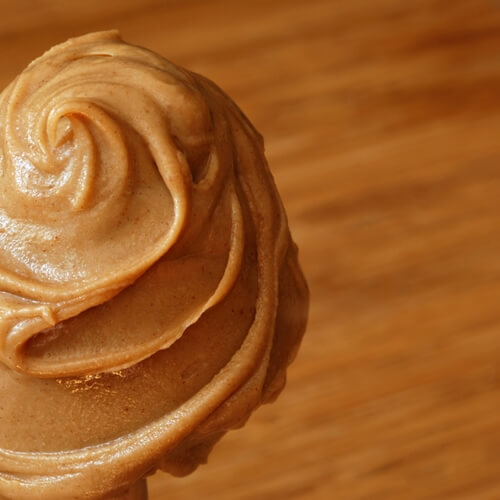Don’t Go Nuts: 3 Tips For Making Perfect Peanut Butter

According to the American Peanut Council, the U.S. alone spends over $850 million on peanuts annually. While these tasty nuts have plenty of uses, peanut butter is no doubt near the top of that list. Yet despite the popularity, sales for peanut butter in the U.S. fell slightly in 2014, according to Statista. Aside from certain economic factors, perhaps some of that stems from more people making peanut butter themselves. It’s a fairly straightforward process, and one that results in peanut butter that’s as creamy as it is healthy. Here are the basic nuts and bolts that you’ll need to know:
Go nuts
There are actually several different varieties of peanuts available, and each one has its own unique merits. Peanuts from China may be less expensive, but their taste differs greatly to those peanuts grown in the U.S. One of the best kinds for making peanut butter are Spanish nuts. Their added oil content is not only great for flavoring, but makes them all that much easier to grind and process. Despite what specific nut you end up choosing, there are two further considerations to keep in mind. For one, you want to shell your own peanuts, which will allow you to guarantee the freshest produce possible. As well, leave the skins on when mashing, as that’s where a lot of the nut’s flavor is derived.
A choice of oil
Making your own peanut butter involves two key ingredients: the nuts themselves and oil, which helps to keep the finished product nice and creamy. There are a few different kinds of oil you can use, including:
- Safflower oil: Made from the seeds of a thistle-like plant. This oil is high in monounsaturated fatty acid.
- Peanut oil: Perhaps the most widely used oil in most peanut butter recipes.
- Corn oil: Corn is more regularly used for frying oil and margarine. This oil is especially high in omega-6 fatty acids.
- Sunflower oil: This variety has been gaining popularity in recent years. While it’s high in vitamin E, it also has over 100 grams of fat.
One ingredient to avoid is olive oil, which can affect the taste of the finished peanut butter.
The right mixture
Beyond the nuts themselves and the oil you use, the right peanut butter is all about the mixing process. There are two ways to get that perfect peanut butter paste: hand-mashing or using a food processor. While the latter is far easier on the hands, doing the mixing yourself lets you better control thickness and consistency. Once you’ve got that paste, though, you should continue mixing. Why? Freshness. Once you’ve got the peanut paste, add some honey into the mix and stir for several more minutes. The honey will help the natural oils emulsify, which can prevent oxidization. The result is fresher, longer lasting peanut butter that you can store for several weeks in your cupboard.
Ready to getting cracking on some peanut butter recipes? Then get started by enrolling in online culinary school.


